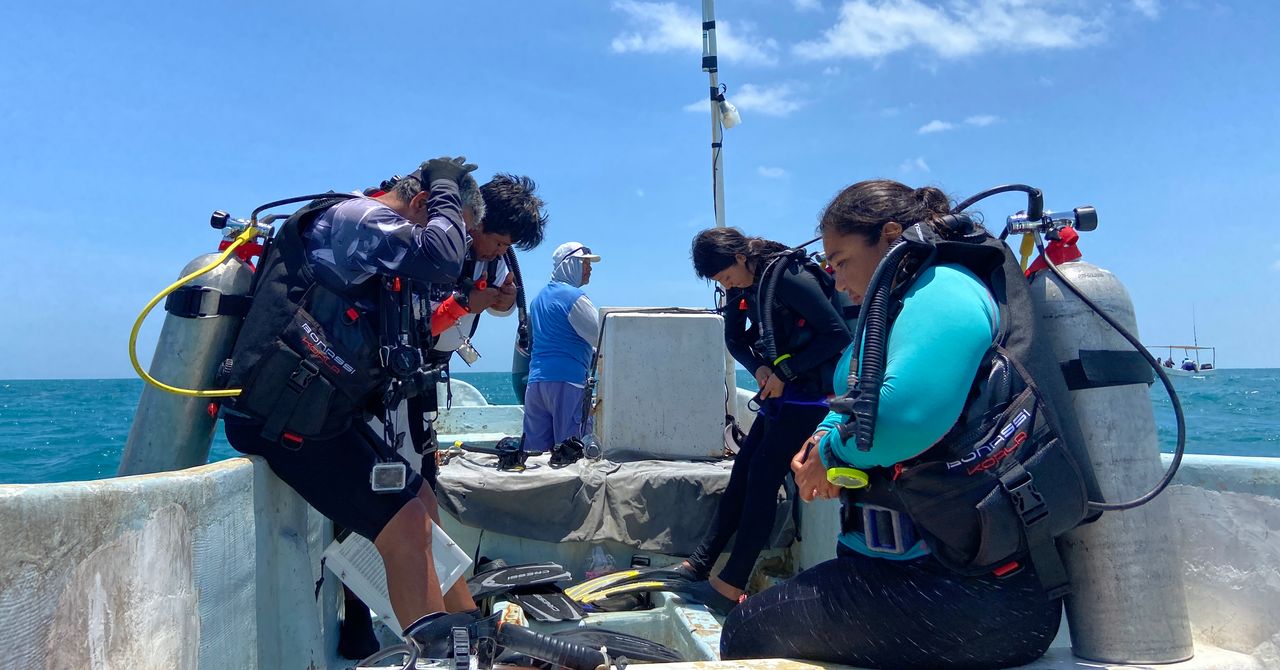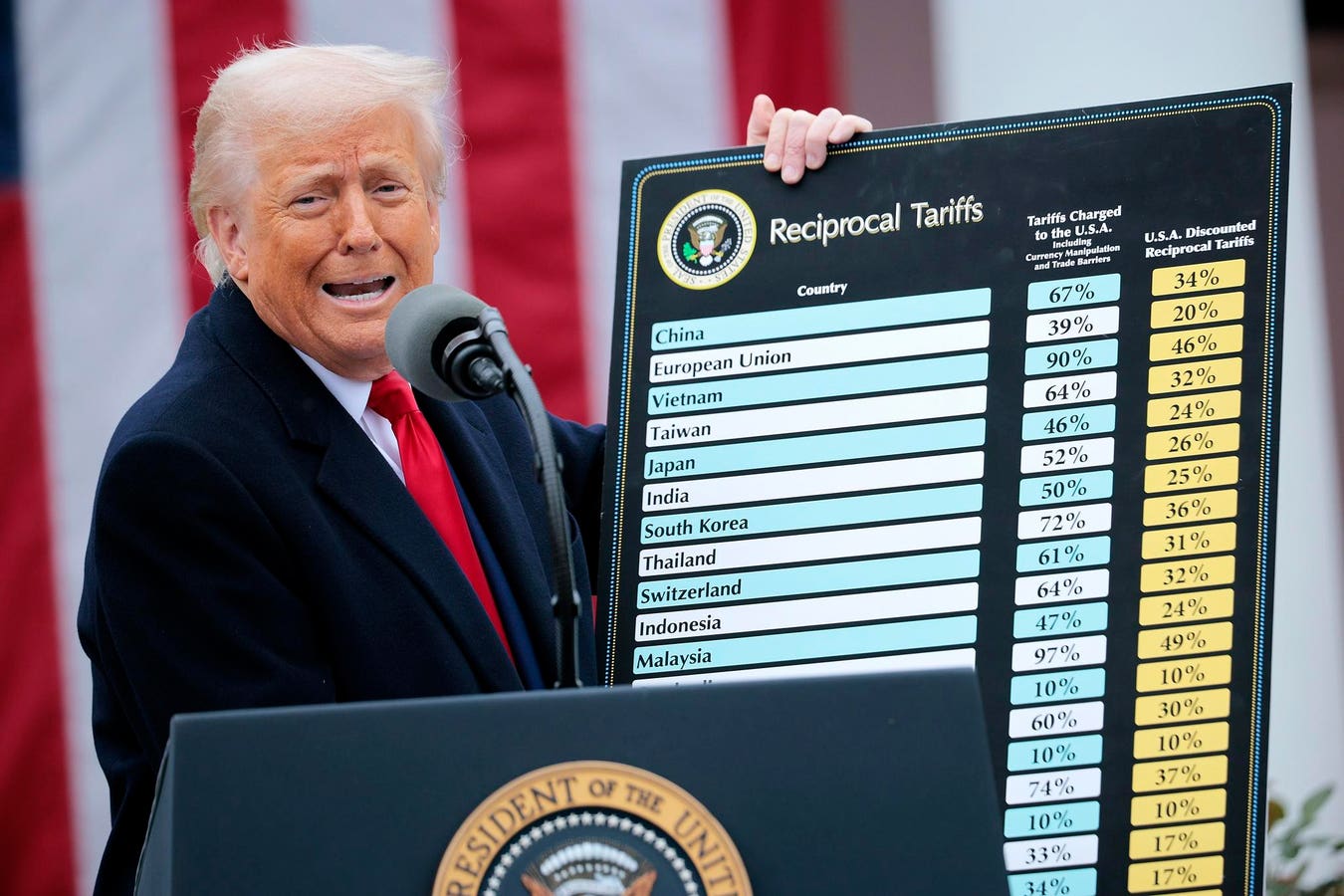In this week’s edition of InnovationRx, we look at Sarepta’s showdown with the FDA, Moderna’s use of quantum computers, a new top drug regulator at the FDA, ARCH Venture’s latest biotech company, and more. To get it in your inbox, subscribe here.
Sarepta Therapeutics CEO Douglas Ingram
Bloomberg Finance
Usually when the FDA asks a drugmaker to halt distribution of a treatment, the company complies.
Last week, in a remarkable showdown, Sarepta Therapeutics refused to stop distribution of Elevidys, its therapy for the muscle-wasting disease Duchenne muscular dystrophy as the FDA had requested. Then, in a remarkable reversal, on Monday Sarepta blinked and said that it would indeed pause all shipments of Elevidys by Tuesday evening. The latest twist in the saga followed a decision by Children’s Hospital Los Angeles to halt use of the drug while it was facing regulatory uncertainty.
Elevidys is a gene therapy for Duchenne, a particularly severe form of muscular dystrophy, which typically kills patients before they turn 30. The one-time intravenous infusion was first approved in 2023 in an unusual decision that was made unilaterally by Peter Marks, a top FDA official, despite misgivings of his staff.
Last Friday evening, the FDA had requested that Cambridge, Mass.-based Sarepta voluntarily stop all shipments of the drug, citing the deaths of three patients who had taken Elevidys or a similar drug (that’s in early-stage clinical trials) from liver failure. Later that evening, Sarepta responded that it would continue to ship Elevidys for patients who do not use wheelchairs (who are generally younger and healthier), citing its own analysis that there were no new safety problems in these patients. It had already voluntarily halted sales to patients who use wheelchairs.
The face-off between Sarepta and the FDA comes at a time when investment in gene therapy has slowed, and as Sarepta itself has laid off hundreds of employees. Sarepta’s stock is down nearly 40% since last Thursday’s close.
It’s unclear how long the “pause” might last. The company is working on an enhanced immune-suppressing protocol that could reduce liver toxicity, but a senior FDA official told Stat yesterday that the drug faces an “arduous and treacherous path” back to the market.
Whatever ultimately happens, the ongoing saga highlights the questions about what risks are acceptable for patients with diseases that are fatal at a young age and how the potential for treatment should be balanced against the possibility of death from the therapy itself.
Why Moderna Is Exploring Quantum Computing
Moderna
Messenger RNA (or mRNA) is a hugely promising technology for future vaccines and therapies, as was demonstrated during the COVID-19 pandemic. One of its major advantages is that it provides instructions for the body itself to manufacture the medicine it needs, rather than delivering it.
But developing new treatments is challenging, Wade Davis, vice president of computational science at Moderna (best known for developing those COVID vaccines), told Forbes. That’s in part because of the fragile nature of mRNA–its primary function is serving as a temporary set of instructions for cellular machinery, so it doesn’t stick around long. But for the purposes of medicine, it needs to be optimized so that it’s both durable enough to provide an efficacious dose, but still transient enough to minimize potential side effects.
The potential combinations are mind boggling. For example, there are 10^623 different ways to combine nucleotides in mRNA to encode for the same protein as the company’s COVID vaccine, Davis said. To put that in perspective, “there’s only 10^80 particles in the universe,” he said. “The numbers just go crazy.”
Conventional computers, even supercomputers using the best AI algorithms, struggle with this sort of problem, he said. For one, because mRNA is so fragile, there aren’t a lot of known structures that an AI program could be trained on. And when it comes to optimization of structures, the numbers are so large that it’s difficult to scale, forcing chemists to rely on rules of thumb and oversimplifying the data to try and find solutions.
Moderna has found one solution: quantum computing. It recently partnered with IBM to use its quantum hardware to optimize mRNA structures. Quantum computers are uniquely suited to solving large scale optimization problems like this, because they can search and compute potential solutions in parallel. By contrast conventional computers have to calculate everything in sequence, which goes ever slower the bigger the problem gets. Using IBM’s quantum computers, Moderna was able to predict a 60-nucleotide sequence of mRNA. The previous record was only eight.
While that’s still a long way from the sequence lengths, comprising thousands of nucleotides, that biotech companies will need, it shows a potential new way to find new mRNA therapies. More importantly, it could lead to breakthroughs that might have never been discovered with conventional approaches. With quantum algorithms, Davis said, ”you get into the space of possibilities in a different way than some of the classical approaches.”
BIOTECH AND PHARMA
CAR-T cell therapy has been a life-saving treatment for patients with cancers like leukemia or lymphoma, with many going into remission. But the therapy so far has been less successful on solid tumors, which comprise most cancers. Dispatch Bio aims to change that: The three year-old company emerged from stealth today with $216 million in funding led by Midas Lister Bob Nelsen’s ARCH Venture Partners and the Parker Institute for Cancer Immunotherapy.
One reason it’s challenging to treat solid cancers with CAR-T therapy is that it’s more difficult for the cells to identify their targets, Dispatch Bio CEO Sabah Oney told Forbes. To get around this, Dispatch has developed a viral vector that targets cancer cells and then “tags” them with a protein that the T-cells can use to attack the cancer. The virus uses the cancer cells’ own replication system to make copies of itself, making it difficult for the cancer to develop a resistance to it. Because this mechanism is different in healthy cells, the risk is lower that the therapy would attack them.
So far, the Philadelphia-based company has tested its therapy in both human cells in the lab and in animals, Oney said. It plans to start clinical trials in 2026, but is still working out what indication it will go after first. “Ultimately, we have plans to be able to scale this approach so we can get to millions and millions of patients because that’s the broad potential of this platform,” he said. “We can do lung cancer, breast cancer, colon cancer with the same drug.”
Plus: AstraZeneca plans to invest $50 billion in U.S. drug development and manufacturing by 2030 as pharma companies look for ways to deal with Trump’s tariffs.
DIGITAL HEALTH AND AI
Mental healthcare startup Slingshot AI launched an AI-powered chatbot to provide support for those dealing with mental health issues. It simultaneously raised $53 million in venture funding led by Forerunner Ventures and Radical Ventures, bringing total funding to $93 million, at an undisclosed valuation. The chatbot, called Ash, has been beta tested with more than 50,000 patients.
Plus: Aidoc, which has developed FDA-cleared algorithms for use by radiologists, raised $150 million led by General Catalyst and Square Peg at an undisclosed valuation.
PUBLIC HEALTH AND HOSPITALS
The FDA has named George Tidmarsh, a pediatric oncologist and pharma company veteran, as its top drug regulator, director of its Center for Drug Evaluation and Research. He will replace Jacqueline Corrigan-Curay, who has been serving in the role in an acting capacity after the departure of former director Patrizia Cavazzoni in January. Tidmarsh has led teams that have developed seven FDA-approved drugs and has served as CEO of several pharmaceutical companies in addition to being an adjunct professor at the Stanford School of Medicine. He takes over as the FDA has faced substantial upheaval under HHS Secretary Robert F. Kennedy Jr.
WHAT WE’RE READING
How a push for increased organ donation led to people enduring rushed or premature attempts to remove their organs.
Wellness startup Truemed, cofounded by RFK Jr. aide Calley Means, helps people buy Peloton bikes and $9,000 saunas with tax-free funds set aside for healthcare.
Bankrupt hospital system Steward Health sued its former CEO claiming he conducted insider transactions that drained its assets and led to its collapse.
AI companies, including OpenAI, Grok and others have stopped warning users that their chatbots aren’t doctors.
Life sciences investment firm Omega Funds has raised $647 million for its eighth fund.
Researchers figured out a way to deliver a vaccine using dental floss, which has so far been successfully tested on mice.
Former Citigroup chair Sandy Weill gave $100 million to harness AI for a West Coast cancer hub.
MORE FROM FORBES








